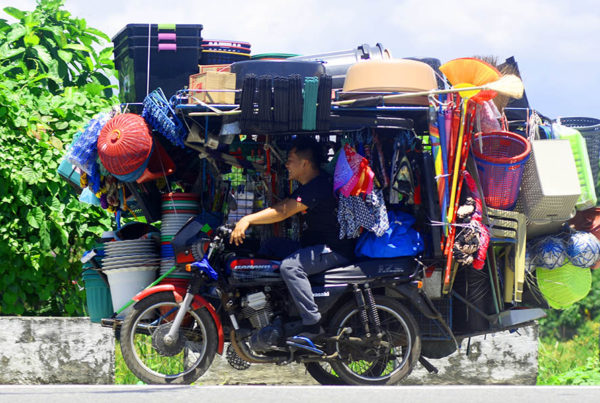1.27 million metric tons of palay harvest seen this year
PANGASINAN will continue to be the top rice producer in Region 1 and the third top producer in the country after Nueva Ecija and Isabela.
This was underscored by Provincial Agriculturist Dalisay Moya during the Question Hour of the Sangguniang Panlalawigan (SP) on November 9, as she pointed out that despite the past typhoons, Pangasinan still expects to harvest 1,279,778 metric tons of palay up to the end of the year.
The harvest season in Pangasinan is still on and some 4,05 7,600 bags of palay at 50 kilograms per bag are expected to be harvested from the farms.
Moya was invited by the SP to inquire about the prevailing price of palay amid reports from farmers in some areas that they are being short-changed by traders who buy their palay at from P5 to P7 per kilo.
She said that based on palay price monitoring conducted by her office from October 1 to 30, the price varies by district and depending on their moisture content.
In the First District, The prevailing price for the wet palay freshly harvested from the farms (30 to 35 percent moisture content) is from P12 to 13 per kilogram while price of dry rice is from P16 to P17.50 for dry rice with moisture content of 14 percent.
In the Second District, buying price ranges from P12 to P15 for wet rice and P15 to P17 for dry rice; fourth district, P12 to P14 for wet rice and P15 to P17 for dry rice; In the fifth district, the price ranges from P11 to P16.50 for wet rice and P13 to P18 for dry rice; and sixth district, P9 to P14.50 for wet rice and P13 to P17,50 for wet rice.
Moya said farmers can harvest more rice if they invest in hybrid seeds and apply fertilizers and pesticide or herbicides when necessary.
According to her, a farmer ideally invests P50,000 in a one hectare rice land, to produce P4.1 metric ton of rice which if sold at P17 per kilo, it could net an income of P85,000.
But Board Member Noel Bince said the net income of P25,000 income per hectare is too low since it takes a farmer four months to wait from land preparation to harvesting.
She said farmers can save on labor costs if they cultivate their farms with tractor, use transplanter and combined rice harvester, all of which are being distributed to farmers cooperatives and associations by the Department of Agriculture,
Moya said that under the administration of Governor Amado Espino Jr., the provincial government is also distributing to farmers cooperatives and associations small farm machinery including shallow tube wells. (Leonardo Micua)
Share your Comments or Reactions
Powered by Facebook Comments







